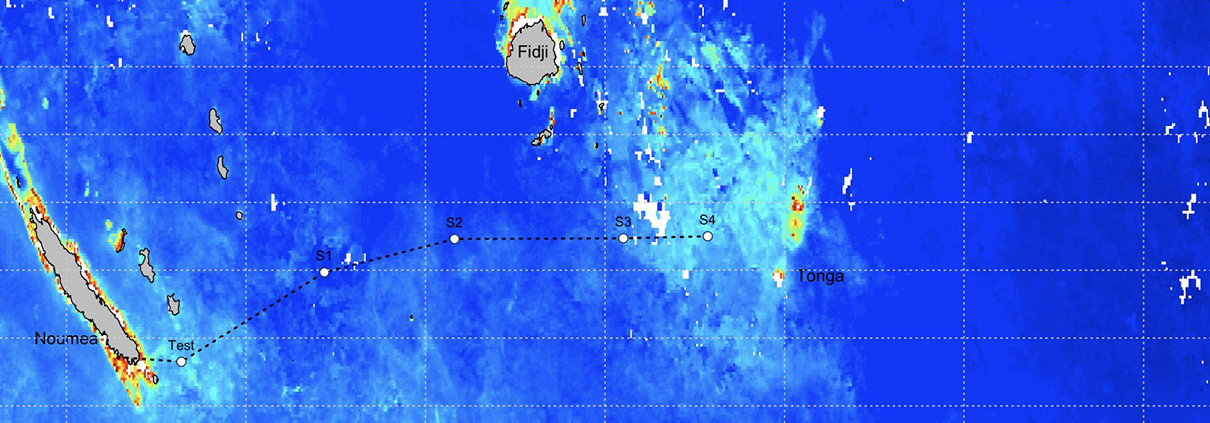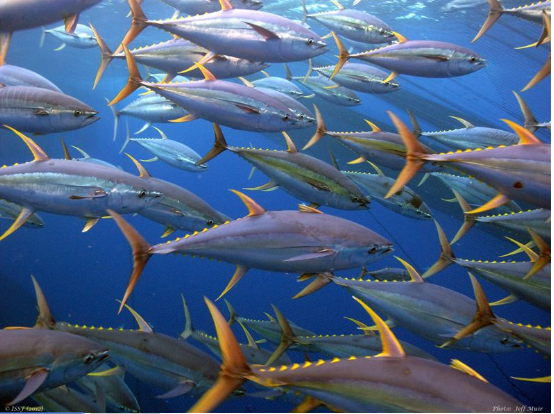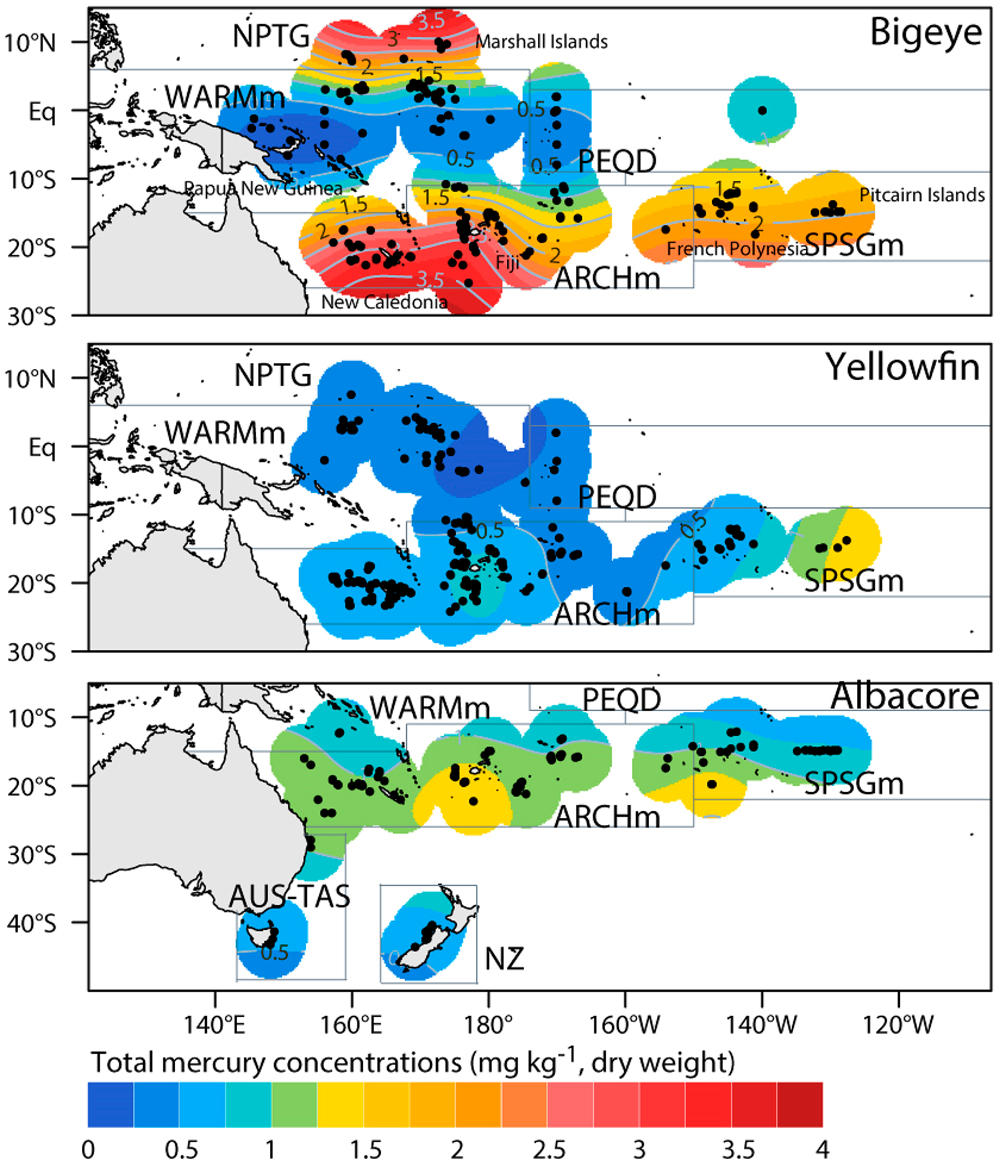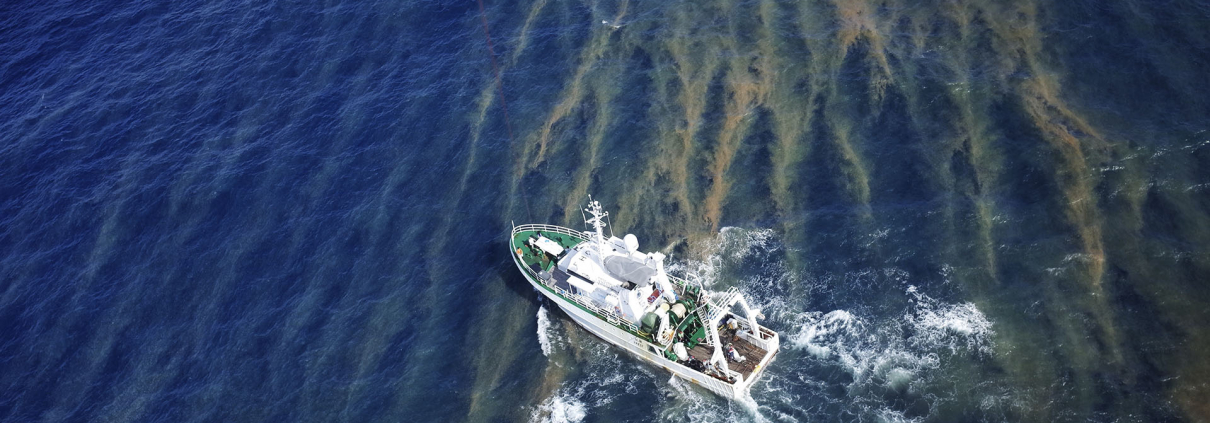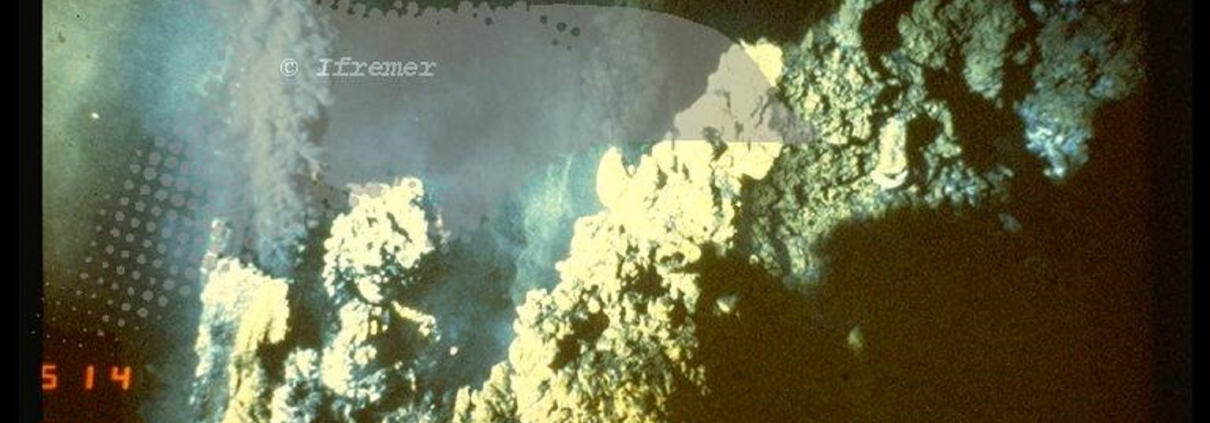The TONGA mission
David Gonzalez Santana and Géraldine Sarthou from the Chibido team are on board the R/V Atalante in the South Pacific for the TONGA cruise (PIs Sophie Bonnet (MIO) and Cécile Guieu (LOV), + link on the CHIBIDO team website).
The objective of TONGA is to study the inputs of trace elements from shallow hydrothermal sources and their potential impact on biological productivity and the biological carbon pump.
Halfway through the cruise, they are on their way to the ultra-oligotrophic waters (their reference station) after having studied a shallow area (~ 200 m) particularly intense in terms of hydrothermal activity.
Then, the search of a second hydrothermal site is scheduled.
You can follow them on their Twitter account.
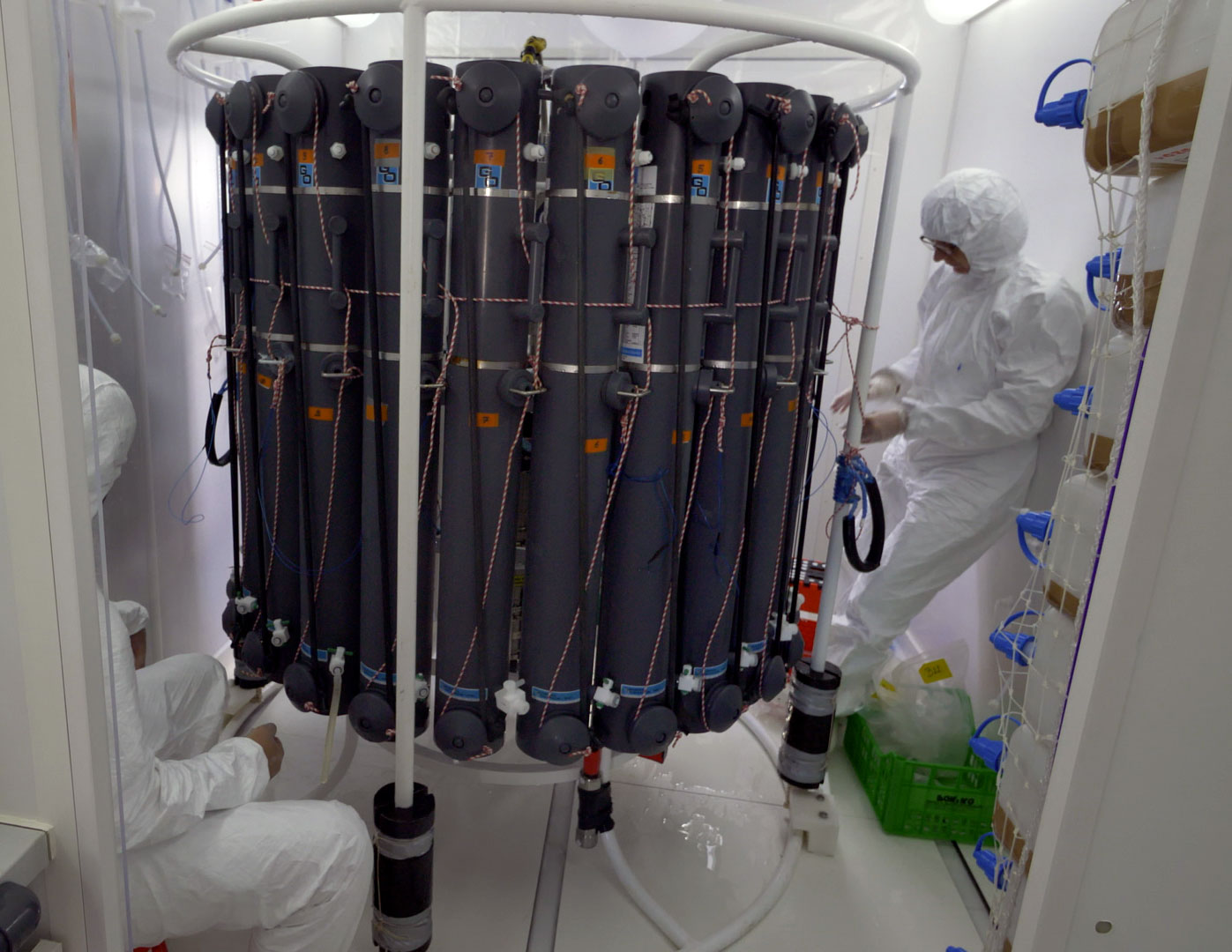
(C) Hubert Bataille/ IRD

